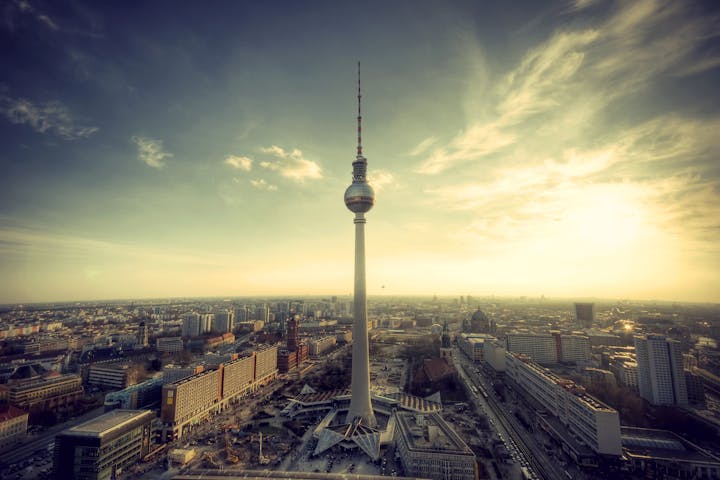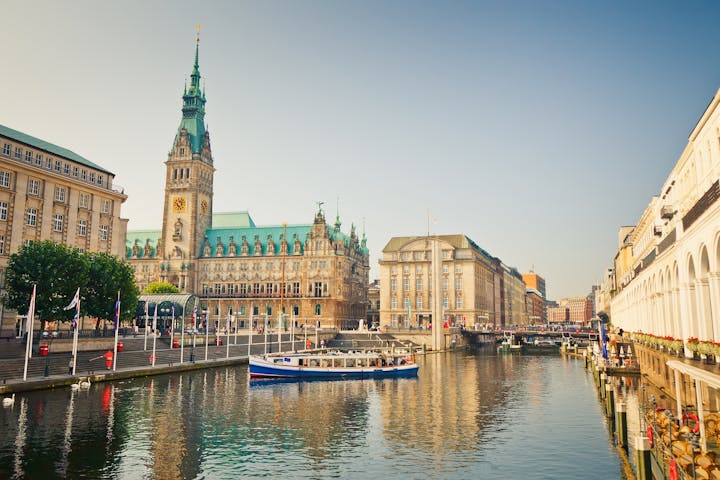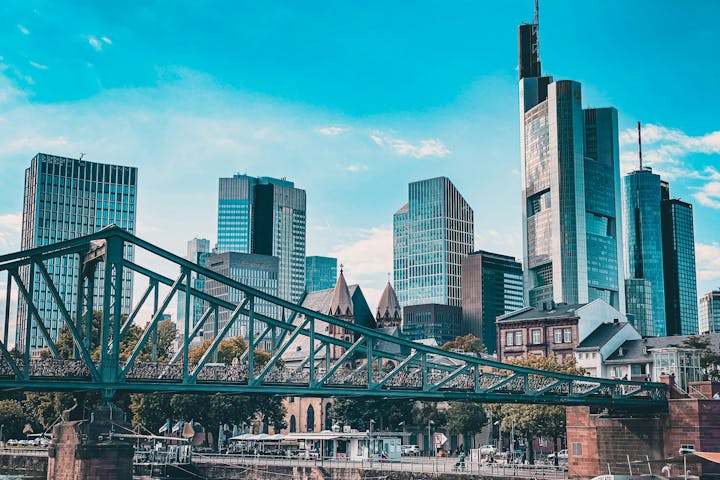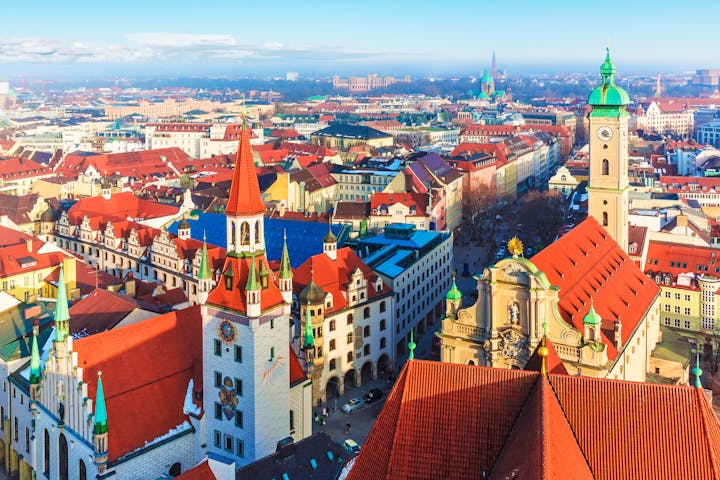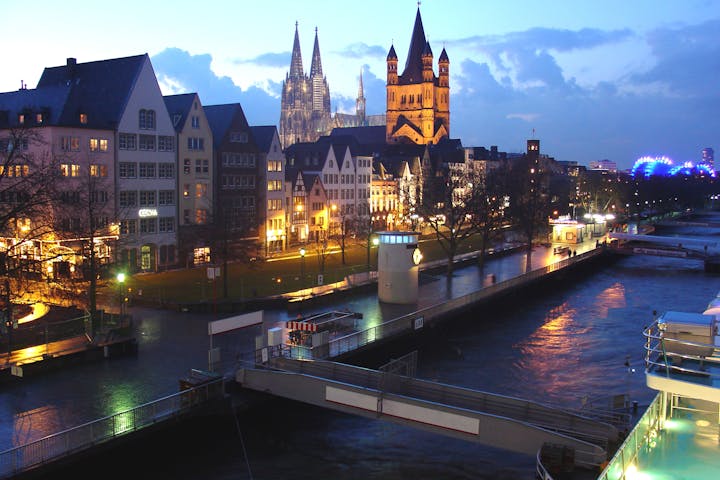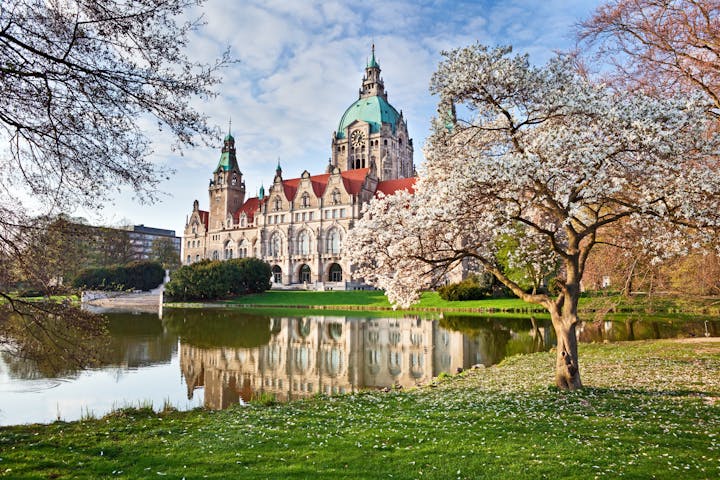- Munich to Berlin trains
Next train departures
| Operated by | Vehicle type | Departure time | Departure location | Trip duration | Arrival time | Arrival location | Recommended | Price and booking link |
|---|---|---|---|---|---|---|---|---|
 | Train | Munich Hbf | Berlin Ostbahnhof | Cheapest | ||||
 | Train | Munich Hbf | Berlin Hbf | Fastest | ||||
 | Train | Munich Hbf | Berlin Ostbahnhof | No tags | ||||
 | Train | Munich Hbf | Berlin Ostbahnhof | No tags | ||||
 | Train | Munich Hbf | Berlin Ostbahnhof | No tags |
Last refresh of the prices: Today at 1:36 PM CET.
Compare 3 ways to go from Munich to Berlin
We recommend carpooling
Among the sustainable travel choices, the carpool stands out as the good way to reach Berlin. The journey takes about 6 hours and with fares starting at just $24, it presents an excellent value for a comfortable ride.
10carpool per day
6hAverage Duration
314 milesDistance
21kgCO₂ emissions
Train Companies
4 out of 5 stars4/510 reviews
4 out of 5 stars4/56 reviews
Train and bus companies in DE:Amtrak, Trenitalia, Deutsche Bahn, Renfe, Deutsche Bahn ICE, VIA Rail Canada, RegioJet
Where are the popular train stations and stops in Munich and Berlin?
Stops in Munich
Stops in Berlin
Frequently asked questions about traveling from Munich to Berlin by train
Find cheapest prices for trains
Price is for a one-way ticket for one passenger and based on past searches.
Best price found
11/18
$24
11/19
$34
Today
$44
11/21
$44
11/22
$24
11/23
$19
11/24
$22
11/25
$22
To save money and be sure you have the best seat, it's a good idea to buy your train tickets from Munich to Berlin, as early as possible.
You can expect to pay from $19 to $280 for a train ticket from Munich to Berlin based on the last 2 days. You can expect to find the cheapest price for the trip at $19 which is on 2025-11-23.
Top Traveled Train Routes
People from around the world trust Busbud
Popular train departures from Munich
- Find train tickets from Munich to Verona
- Munich to Zürich train times and fares
- How to travel from Munich to Stuttgart
- Find train tickets from Munich to Memmingen
- Munich to Frankfurt am Main train times and fares
- How to travel from Munich to Nuremberg
- Find train tickets from Munich to Amsterdam
- Munich to Cologne train times and fares
- How to travel from Munich to Hamburg
- Find train tickets from Munich to Innsbruck
- Munich to Salzburg train times and fares
- How to travel from Munich to Regensburg
- Find train tickets from Munich to Vienna
- Munich to Prague train times and fares
- How to travel from Munich to Leipzig
- Find train tickets from Munich to Dresden
Popular train routes to Berlin
- Find train tickets from Stuttgart to Berlin
- Frankfurt am Main to Berlin train times and fares
- How to travel from Nuremberg to Berlin
- Find train tickets from Amsterdam to Berlin
- Cologne to Berlin train times and fares
- How to travel from Düsseldorf to Berlin
- Find train tickets from Dortmund to Berlin
- Hanover to Berlin train times and fares
- How to travel from Hamburg to Berlin
- Find train tickets from Prague to Berlin
- Leipzig to Berlin train times and fares
- How to travel from Dresden to Berlin
Continue your journey from Berlin
- Find train tickets from Berlin to Stuttgart
- Berlin to Frankfurt am Main train times and fares
- How to travel from Berlin to Amsterdam
- Find train tickets from Berlin to Cologne
- Berlin to Hamburg train times and fares
- How to travel from Berlin to Munich
- Find train tickets from Berlin to Prague
- Berlin to Leipzig train times and fares
- How to travel from Berlin to Dresden


